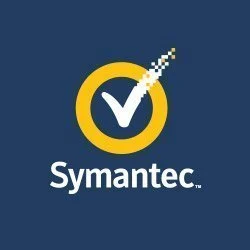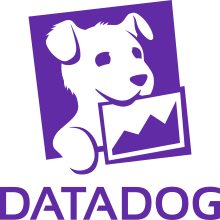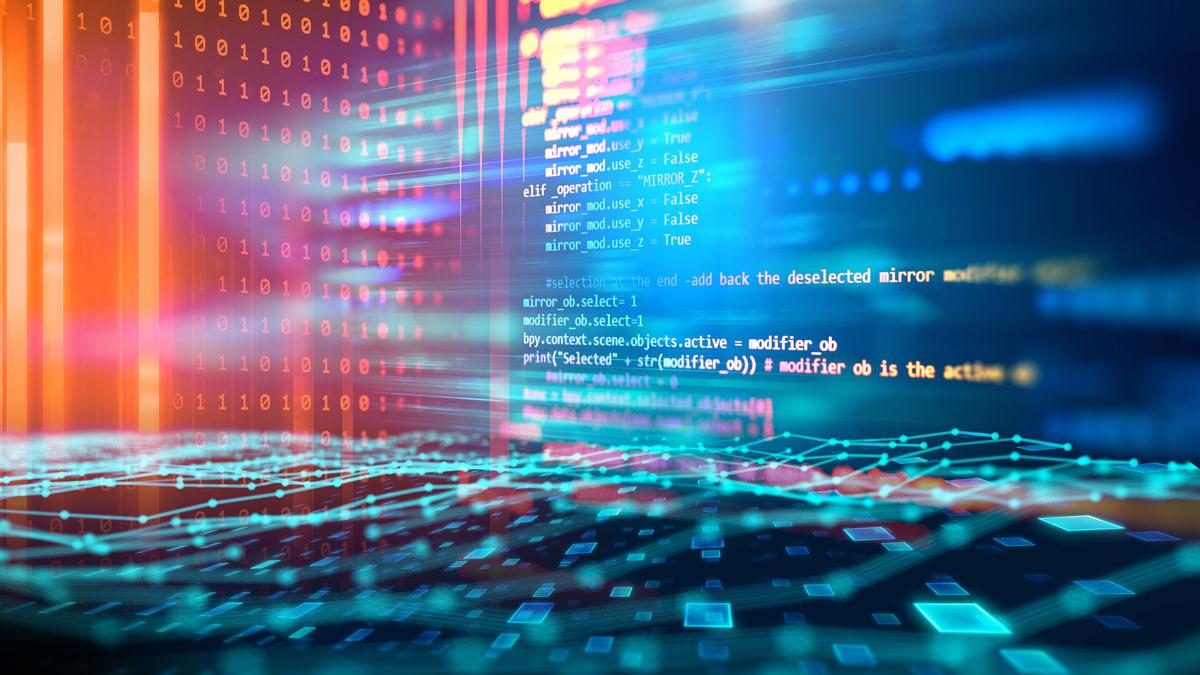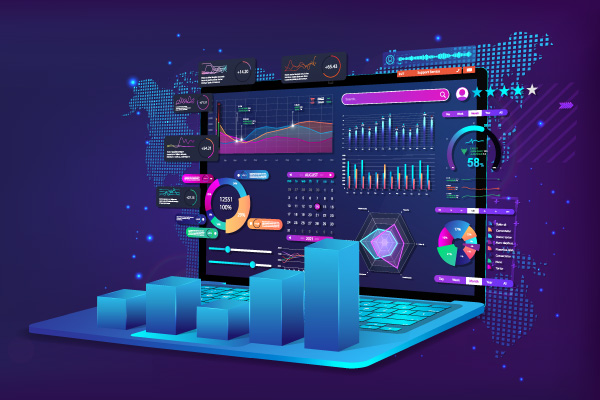Description
Introduction of Symantec Endpoint Protection Training
Welcome to Symantec Endpoint Protection Training! Symantec Endpoint Protection (SEP) is a comprehensive solution designed to secure enterprise networks by protecting endpoints from malware, ransomware, viruses, and advanced persistent threats. SEP leverages machine learning, behavioral analysis, and integrated threat intelligence to provide proactive threat detection and response. This training will cover deploying, configuring, and managing SEP to protect large-scale networks and enterprises.
Prerequisites
Table of Contents
1: Introduction to Symantec Endpoint Protection (SEP)
1.1 Overview of Endpoint Security in Enterprises
1.1.1 Importance of Endpoint Security (Ref: IT Security Program)
1.1.2 Threat Landscape: Malware, Phishing, Ransomware, and More
1.2 Introduction to Symantec Endpoint Protection
1.2.1 Core Features of SEP
1.2.2 SEP’s Role in Enterprise Security (Ref: IT Security Program)
1.2.3 Symantec’s Global Intelligence Network and Threat Detection
2: Deployment and Installation of SEP
2.1 Planning for SEP Deployment
2.1.1 Requirements and Supported Platforms
2.1.2 Deployment Scenarios: On-Premise vs. Cloud-Managed
2.1.3 Understanding Network Topology and Infrastructure Needs
2.2 Installation and Initial Configuration
2.2.1 Installing SEP on Endpoint Devices (Windows, macOS, Linux)
2.2.2 Configuring Initial Policies and Settings
2.2.3 Setting Up and Connecting to Symantec Endpoint Protection Manager (SEPM)
3: Endpoint Protection and Antivirus Configuration
3.1 Configuring Antivirus and Malware Protection
3.1.1 Setting Up Real-Time Scanning and Protection
3.1.2 Full, Quick, and Custom Scans: Best Practices
3.1.3 Configuring Quarantine, Deletion, and Reporting for Infected Files
3.2 Understanding Symantec’s Threat Detection Technology
3.2.1 Heuristic, Signature-Based, and Behavioral Detection Methods
3.2.2 Using Symantec’s Machine Learning for Proactive Threat Defense
3.2.3 Regular Updates to Antivirus Definitions
4: Intrusion Prevention and Firewall Configuration
4.1 Intrusion Prevention System (IPS) Overview
4.1.1 Understanding Intrusion Detection and Prevention in Enterprises
4.1.2 Configuring SEP’s Intrusion Prevention for Endpoint Security
4.1.3 Advanced Protection Against Network Exploits
4.2 Configuring Firewall Rules and Policies
4.2.1 Customizing Firewall Rules for Endpoint Devices
4.2.2 Protecting Against Unauthorized Network Access
4.2.3 Managing Firewall Logs and Alerts
5: Behavioral Analysis and Exploit Mitigation
5.1 Behavioral Monitoring for Endpoint Protection
5.1.1 Understanding How SEP’s Behavioral Analysis Works
5.1.2 Configuring SEP’s Behavioral Monitoring Policies
5.1.3 Detecting Zero-Day Attacks and Unknown Threats
5.2 Exploit Mitigation Techniques
5.2.1 Configuring Memory Exploit Mitigation
5.2.2 Preventing Vulnerability Exploits in Popular Applications
6: Endpoint Detection and Response (EDR)
6.1 Introduction to Endpoint Detection and Response (EDR)
6.1.1 What is EDR and Why It’s Important in Enterprises
6.1.2 Overview of SEP’s EDR Capabilities
6.2 Configuring and Using EDR for Incident Response
6.2.1 Detecting, Investigating, and Responding to Endpoint Threats
6.2.2 Correlating Threat Events Across Multiple Devices
6.2.3 Using EDR for Post-Breach Analysis and Remediation
7: Advanced Threat Protection and Ransomware Defense
7.1 Understanding Advanced Persistent Threats (APTs)
7.1.1 What Are APTs and How Do They Work?
7.1.2 Configuring SEP for APT Detection and Defense
7.2 Ransomware Defense with SEP
7.2.1 Recognizing Ransomware Threats and Attack Vectors
7.2.2 Configuring SEP’s Anti-Ransomware Features
7.2.3 Responding to and Recovering from Ransomware Attacks
8: Device Control and Application Control
8.1 Device Control Policies
8.1.1 Managing Device Control in Enterprises (USBs, External Devices)
8.1.2 Setting Policies for Endpoint Devices to Prevent Data Loss
8.2 Application Control
8.2.1 Configuring Application Control Policies
8.2.2 Whitelisting and Blacklisting Applications
8.2.3 Using SEP to Prevent Unwanted Software Installations
9: Managing Policies and Centralized Administration
9.1 Creating and Managing Security Policies
9.1.1 Configuring Policies for Different Endpoint Devices
9.1.2 Managing Group Policies for Various User Groups
9.1.3 Best Practices for Policy Distribution Across the Enterprise
9.2 Centralized Management with Symantec Endpoint Protection Manager (SEPM)
9.2.1 Overview of SEPM Dashboard and Tools
9.2.2 Using SEPM for Centralized Threat Monitoring and Response
9.2.3 Managing Endpoint Devices and Generating Security Reports
10: Monitoring, Reporting, and Incident Response
10.1 Monitoring Endpoint Health and Threats
10.1.1 Real-Time Monitoring and Logging in SEPM
10.1.2 Reviewing Security Logs and Alerts
10.1.3 Setting Up Alerts for Critical Threats and Incidents
10.2 Generating Security Reports
10.2.1 Using SEPM to Generate Comprehensive Reports on Endpoint Security
10.2.2 Analyzing Threat Events, Incidents, and System Health
10.3 Incident Response and Threat Remediation
10.3.1 Configuring Incident Response Plans for Endpoint Threats
10.3.2 Using SEP’s Automated Remediation Features
11: Cloud and Hybrid Deployment for SEP
11.1 Deploying SEP in the Cloud
11.1.1 SEP’s Cloud-Based Management Features
11.1.2 Using Symantec’s Cloud Security Platform for Endpoint Protection
11.2 Managing Hybrid Environments
11.2.1 Configuring SEP for On-Premise and Cloud-Based Environments
11.2.2 Ensuring Consistency in Security Policies Across Hybrid Setups
12: SEP Best Practices and Future Trends
12.1 SEP Best Practices for Enterprises
12.1.1 Regular Security Audits and Endpoint Health Checks
12.1.2 Ensuring Endpoints are Continuously Updated and Patched
12.1.3 User Education for Enhanced Security Awareness
12.2 Future Trends in Endpoint Protection
12.2.1 Evolving Threats and SEP’s Response to Emerging Technologies
12.2.2 The Role of AI and Machine Learning in SEP’s Future
This training provides in-depth knowledge and hands-on experience for managing endpoint security across large-scale enterprises using Symantec Endpoint Protection. Participants will learn advanced threat defense strategies, policy management, and how to ensure continuous protection of all endpoint devices in a corporate environment.







Reviews
There are no reviews yet.